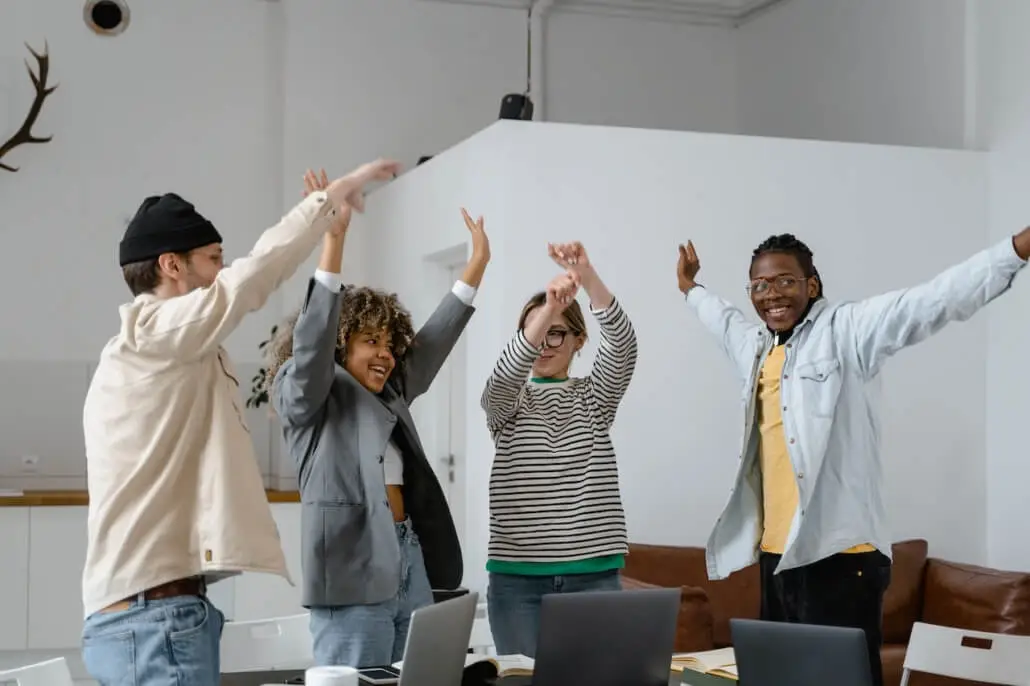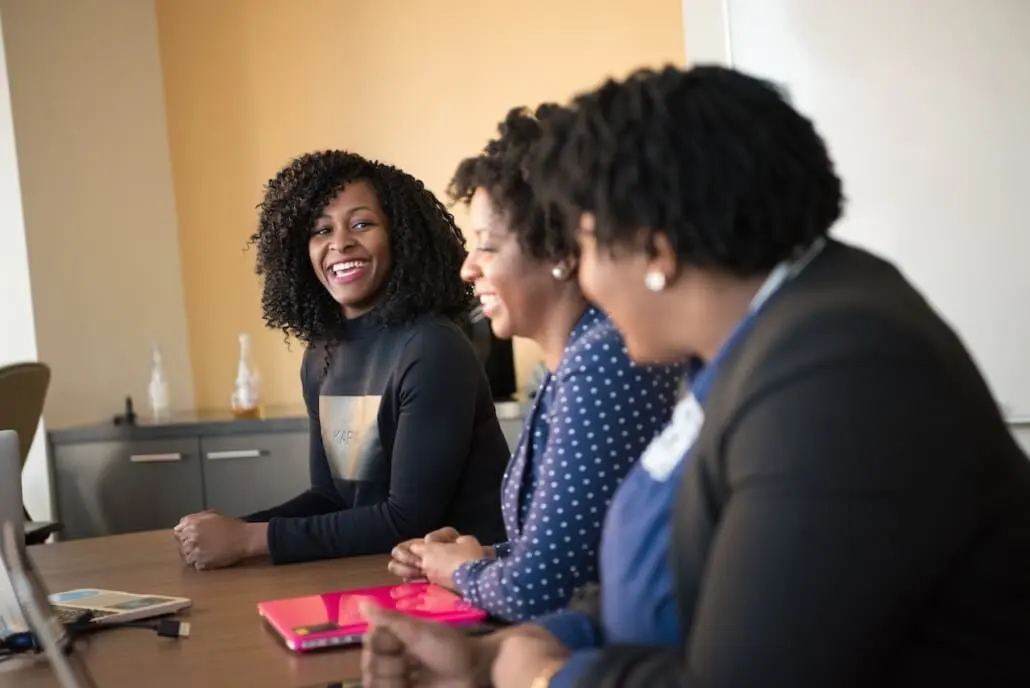Originally published August 17, 2022 , updated on March 27, 2023
Though we may not be aware of it, everyone has some form of implicit or unconscious bias. We constantly absorb, witness, and receive various notions about gender, sexuality, race, class, ethnicity, and ability.
Much of this is due to the media we consume and the people we interact with. Over time, these subtle messages add up and can lead to deeply set prejudices and stereotypical assumptions that we may not even be aware of.
These biases can have a significant impact on our interactions with others and the decisions we make on a daily basis. In the workplace, these biases can shape our interactions with colleagues and affect the culture of our organisations.
As a result, biases can lead to a feeling of isolation and exclusion among staff members. This can eventually lead to toxic workplace culture. By being aware of these unconscious biases, we can work to mitigate their impact on our interactions with others. With a little effort, we can create a more supportive and inclusive workplace for everyone.
Below are the most effective ways to acknowledge your personal bias in both thought and action to cultivate a more diverse and inclusive workplace for all.

Recognise Your Unconscious Biases to Prepare Inclusive Workplace Conditions
While it may be difficult to eradicate unconscious bias, awareness is the first step in mitigating its effects. By acknowledging the existence of these biases and taking steps to understand their origins, we can begin to reduce their impact on our lives.
Psychologists have long assumed that implicit biases are relatively immutable—but recent research suggests that such biases can be unlearned. These findings have important implications for policymakers and practitioners working to promote diversity and inclusion in various contexts.
Implicit biases are unconscious beliefs or attitudes that shape our perceptions of others. Our perception of threats often mediates them: we are more likely to perceive those different from us as threats to our safety or well-being. These biases can lead us to make inaccurate assumptions and judgments about others. It can, in turn, result in discriminatory behaviours.
One way to acknowledge your potential prejudice is by taking an online test that determines your responses to groups that are commonly discriminated against. Harvard has a free biases test online, and it’s one way that you can gauge your own unconscious perceptions and encourage other colleagues to do so well.
Another way to test yourself, especially in the moment, is through substitution. Substitution is when you take a person or group you are biased against and replace them with someone else in your mind. For example, if you have a bias against women in leadership positions, you can substitute a woman for a man in your mind and see how you feel. Would you still respect them? Would you feel more confident in their abilities? If the answer is no, that’s a sign that you must check your bias.
Of course, substitution isn’t perfect. But it can be a useful tool for identifying and minimising bias.

Take a Closer Look at the System to Better Understand Inclusive Workplace
When we think about unconscious bias, we often think of it as an individual failing. But bias is much bigger than that. It’s structural and systemic and manifests itself in all sorts of ways.
One of the most common areas where biases rule is within our workplaces.
Inclusion and equity aren’t just about who is in the room but about who makes decisions and has social power. If you don’t see these things at your job, it may be because the systems and structures are biased against them. It’s important to understand what’s happening.
Organisational structures are set up in a way that can unintentionally protect power imbalances. This is often done through what is known as the “organisational unconscious.”
The organisational unconscious is a set of unspoken assumptions and beliefs that guide a company’s actions and decision-making.
For instance, a workplace leave policy might not have many options for new parents. Since this lack of options disproportionately impacts people who choose parenthood, the policy subtly favours other workers.
Organisational structures can also maintain gender imbalances by favouring male attributes over female ones. This often happens in fields that are seen as traditionally male, such as engineering or finance.
As a result, women can be disadvantaged in these environments. It might happen even if there are no explicit policies or practices that discriminate against them.
The existence of unconscious organisational bias highlights the importance of diversity and inclusion efforts within businesses. By increasing diversity, companies can help to challenge and change the unspoken assumptions that maintain power imbalances and create a more inclusive workplace.

Be Aware of What You’re Consuming
Anyone who spends time on the internet has seen firsthand how easy it is for biases to be reinforced. From the ads we see to the recommended articles, we are constantly being fed information that reflects our views and beliefs.
But while it’s easy to fall into the trap of self-reinforcement, it’s important to remember that we have the power to choose what we consume.
The next time you’re scrolling through your Facebook feed or reading the news, take a moment to consider the sources you’re relying on. Are they presenting a diversity of perspectives? Are they perpetuating harmful stereotypes and contributing to unconscious biases?
By taking a thoughtful look at the media we consume, we can start to create a more balanced and equitable world.
Be Prepared to Be Uncomfortable
Just like any other habit, breaking out of comfortable thought patterns and behaviours can be difficult. We often don’t realise how much our biases can impact how we see and interact with the world.
It’s important to be aware of our biases, so we can start dismantling them to create more inclusive workplaces and societies. This process can initially feel awkward, but with time and practice, it will become easier.
As we become more conscious of our biases, we can start to build new, more inclusive perspectives. In turn, this can help to create a more just and equitable world for everyone.

Our society is rife with stereotypes. Whether in our homes, on the streets, or in the workplace, these biases negatively impact and harm individuals, causing a stain on the world as a whole.
It is our responsibility to recognise and unlearn our unconscious biases for a more inclusive workplace and society.
Post Views: 786


















